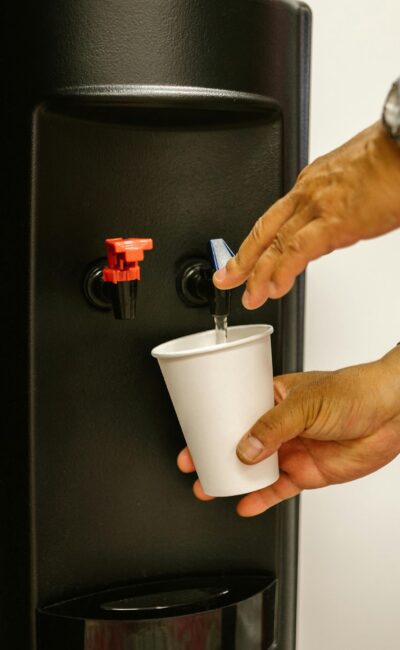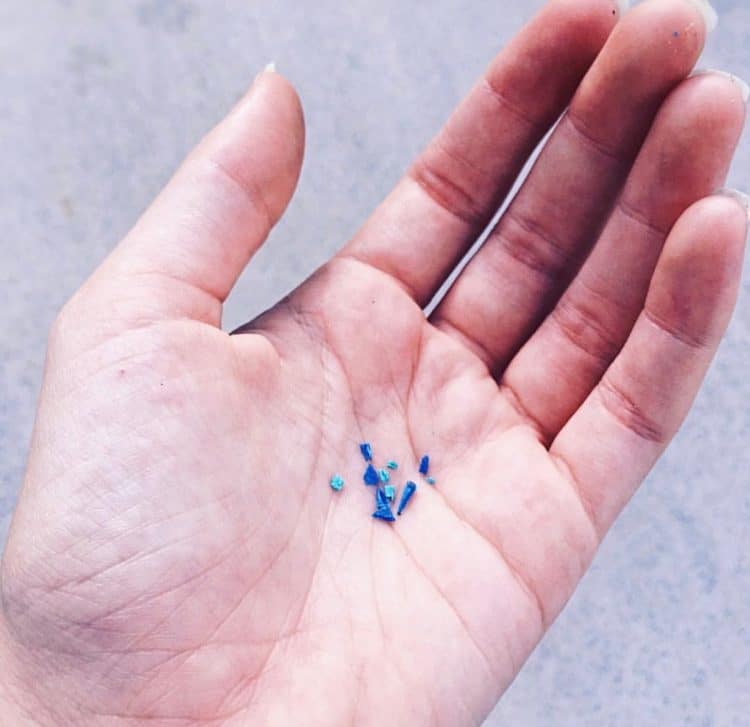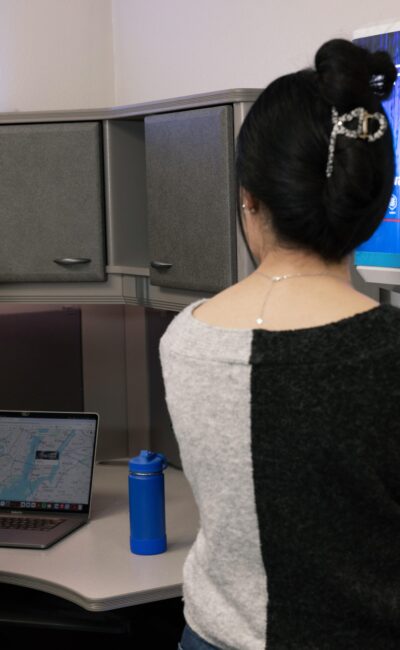Food waste in the U.S. is a serious problem that gets worse during the holidays. Here’s how to have a sustainable Thanksgiving to enjoy time with friends and family while reducing your carbon footprint.
1. Buy local and organic when possible.
The closer your food is grown, the lower the environmental impact of what you eat. Shop farmer’s markets or order a box of produce from a local farm offering that service. These options are likely to be organic, making it a double win.
If you’re buying a turkey, source it from a local farm, or at least choose an organic, cage-free turkey if possible.
2. Skip the produce bags
Bring reusable produce bags to the grocery store or skip the bag altogether. And definitely avoid the pre-cut produce in single-use plastic packaging, which can’t be recycled.
3. Buy in bulk
Nuts, spices, and dry baking ingredients are just some of the ingredients you can buy in bulk from the bins, which reduces packaging waste and saves you money.
Bonus: Check with your local bulk outlet to see if they allow you to bring your own containers.
4. Stick to your shopping list
It’s tempting to make extra purchases — last minute cheese and crackers, a couple jars of olives, an emergency frozen pie — but resist as best you can so as to not have extra food waste.
5. Buy bigger portions and refill packs
If you’re a food warehouse club member, you can buy larger versions of some of your ingredients. For example, one 46-ounce can of food has just under three times the servings of a 16-ounce can, reducing the amount of packaging you’ll have to recycle.




